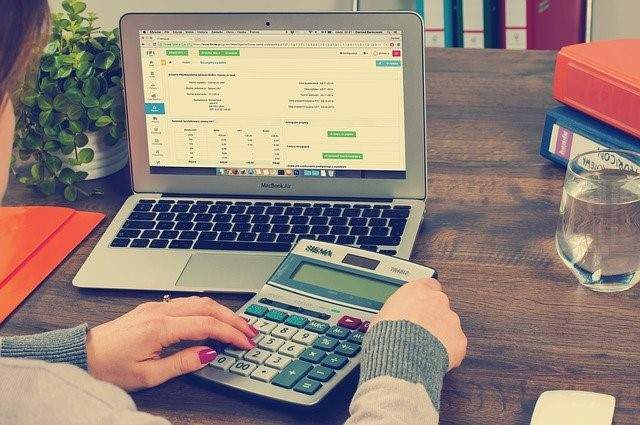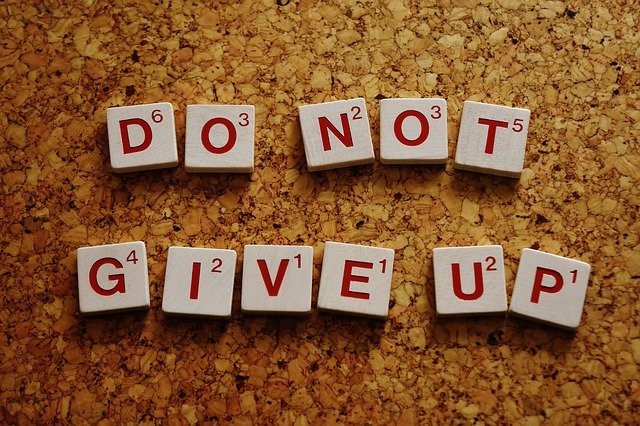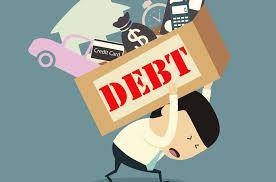The debt snowball was my saving grace when I started my debt pay off journey in 2016.
A lot of bad financial choices were made while I was finishing my accounting degree.
They were so bad I found myself picking which debts to default on and which to keep current.
It was the only way to make rent every month. Is this story sounding familiar?
The average amount of debt from ages 24 to 55 is $87,448 to $140,643.
The average income for this age group depending on education level is $30,784 to $64,896 (debt.org).
In my situation, I was looking at $85k of debt with only a 28K yearly income. Talk about overwhelming in comparison to the averages above.
The debt snowball helped me to stop looking at these two impossible numbers and focus on only one debt at a time.
“Life is very interesting if you make mistakes.”
– Georges Carpentier
I made a lot of mistakes alright, but they helped me learn.
I hope showing you the debt snowball method helps you not only learn from your past but also finally give you some relief.

What is the Debt Snowball Payment Plan
The debt snowball is the process of paying off your smallest debt first.
Interest rates do not play a part; you are only focusing on the smallest amount you owe.
Once your smallest debt is paid off, you apply that payment to your next smallest debt.
Your payments slowly grow over time like packing snow into a snowball.
During this process, you are making the minimum payments on the rest of your debts to keep them current.
This method speeds up the debt pay off process by getting you to focus on one debt at a time.
Focus is the key to the kingdom.
Why the Debt Snowball Works
The biggest reason this process works is from an emotional standpoint and not a financial one.
By paying off your smallest debt first you will actually free up money from your paycheck faster.
The quick reward from what can be a grueling process boosts your self-confidence toward debt pay off, helps keep you motivated during a lengthy process, and gives you positive feelings toward your debt.
Essentially, you are able to let go of the debt stress keeping you up at night.
I loved the debt snowball in the beginning of my journey because it helped me catch up on bills that were past due.
When I paid off the smaller debts, I freed up enough money to apply toward my past due bills.
More Articles You May Be Interested In:
Should I Use All of my Savings to Pay Off My Credit Card Debt
How do I Get Out of Debt With Bad Credit
Unemployed and Can’t Pay the Bills
How Does Credit Card Interest Work
How the Debt Snowball Works
Ok, let’s get down to the nitty gritty of why you are reading this.
The main function of the debt snowball is to free up money fast to apply bigger payments toward your larger debts.
For example, if you have a $500 and a $1,000 debt and you are making minimum payments of $50 and $100.
After you pay off the $500 debt, you will start applying your $50 minimum payment toward your next debt.
In this scenario, you would be paying $150 toward the $1,000 debt until it’s paid off.
This process will allow you to gain momentum as time passes.

Steps to Set Up Your Own Debt Snowball
- List all of your debts in order from smallest to largest by debt pay off amount.
- Also, list your minimum payment next to each debt
- Decide how much extra you can apply to your smallest debt each month to pay more than the minimum.
- Only pay the minimums on the rest of your debts to keep them current
- After the first debt is paid in full, combine that monthly payment with the minimum you are already paying on your next debt
- Repeat the first 5 steps until your debt is paid off
If you are catching up on bills, you may not be able to do step 5 yet.
Once your first debt is paid you will need to start applying that monthly payment toward a bill you have been defaulting on.
Yes it will take longer to pay off your next debt but this will help you to start rescuing your credit score sooner rather than later.
Subscribe and you'll receive our weekly posts right in your inbox. You'll also be one of the first to be notified when our free budget course opens. Hope to see you there!
When to Use the Debt Snowball
Wait, doesn’t everyone use the debt snowball if they are in debt? No, there is a method out there called the debt avalanche.
Some prefer that method to the method we are discussing.
The debt snowball is a great way to get started and you can always switch methods halfway through your debt pay off journey.
Who Should Use the Debt Snowball
- If you are just starting your debt pay off journey
- On a low income
- Behind on bills, this will help you focus on one debt at a time to eliminate overwhelm
Some coaches say to wait until you have $1,000 saved for an emergency fund.
However, if you are trying to catch up on bills like I was.
You won’t be able to save anything yet.
I sold some high-ticket items I was no longer using to have some sort of emergency fund.
But I had to pay off 3 small debts before I could afford to start saving monthly.

When to Pause the Debt Snowball
Now, life can throw some crazy things at us all at once and can interrupt our debt pay off goals.
Currently, I’m needing to pay $325 to repair my dishwasher and $3,200 to fix my plumbing line all in the same month.
This situation will cause a pause in my debt pay off plan. (I currently have 6 student loans to pay off.)
When your debt snowball is temporarily paused, you only pay the minimum balances on all debt each month.
Any extra you were applying toward your smallest debt is used to either save or pay off an unexpected expense.
Below are some legitimate reasons to pause your debt snowball.
- Expensive emergency, like my example above, occurs
- Divorce
- Major health issue or hospitalization
- Lost your job
- Pregnancy, some like to build their savings during this time period
- Job relocation or moving to a new home
More Articles You May Be Interested In:
Should I Use All of my Savings to Pay Off My Credit Card Debt
How do I Get Out of Debt With Bad Credit
Unemployed and Can’t Pay the Bills
How Does Credit Card Interest Work
Concluding Thoughts
I know having debt in your life can be extremely stressful. Especially if you are falling behind as I was.
At one point, I had to default on my student loans. What I owed increased from 29K to 36K over time; not fun and there were many sleepless nights.
Once I discovered the debt snowball, I went from a state of fear and frustration to an “I can do this” kind of attitude.
All I needed to do was get started.
If you were able to pay off one debt this year, how liberating would that feel?
For those of you who are looking for a more advanced method of debt pay off. Check out next weeks’ post on the debt avalanche.
References
https://www.debt.org/faqs/americans-in-debt/demographics/
Subscribe and you'll receive our weekly posts right in your inbox. You'll also be one of the first to be notified when our free budget course opens. Hope to see you there!





